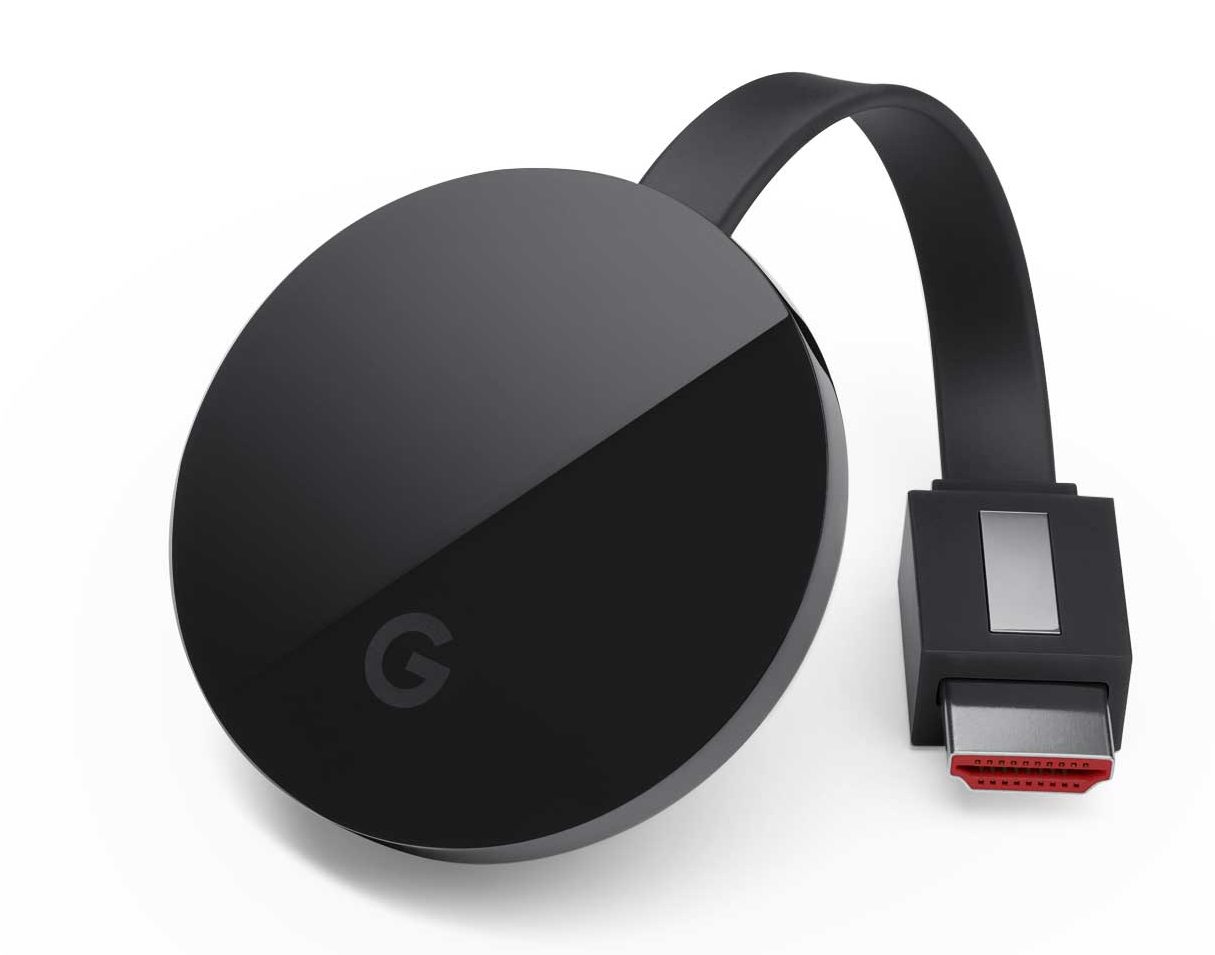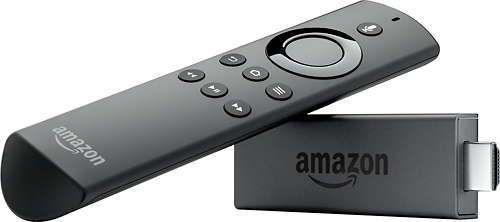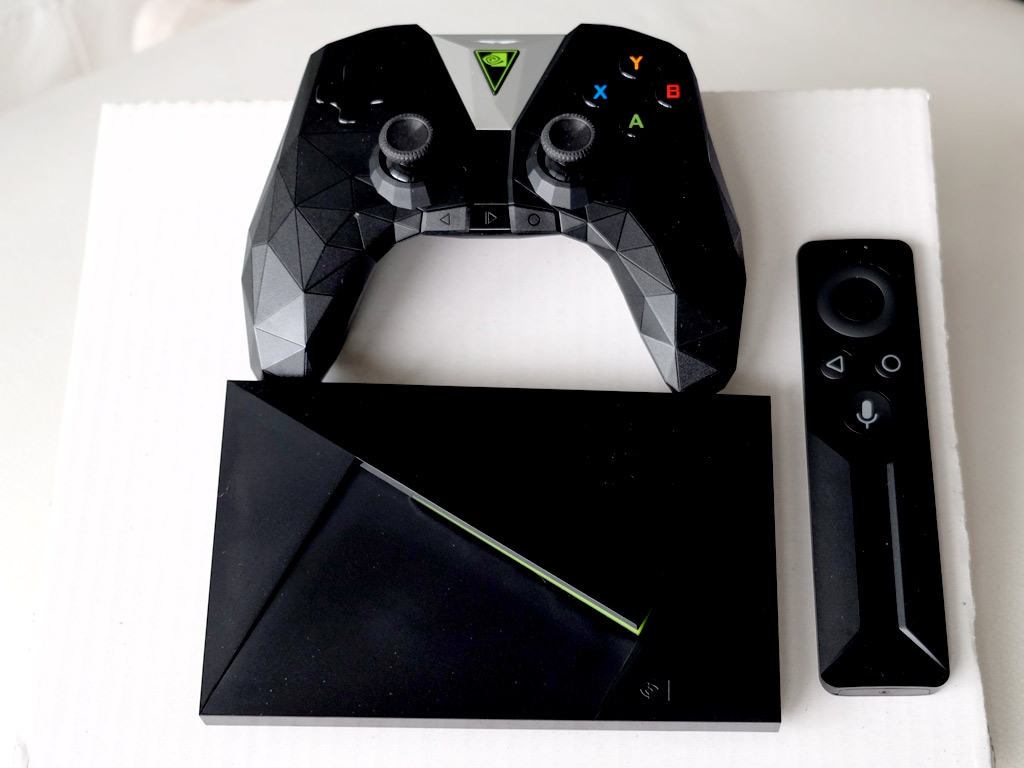 Streaming TV devices are ubiquitous. Most of us have at least one in our homes, and often we have more than one device or service. That’s because it’s hard to find one streaming device that can deliver all the content you want. But is it possible to have one streamer that stands out above them all? Or does it make sense to own more than one device?
Streaming TV devices are ubiquitous. Most of us have at least one in our homes, and often we have more than one device or service. That’s because it’s hard to find one streaming device that can deliver all the content you want. But is it possible to have one streamer that stands out above them all? Or does it make sense to own more than one device?
Check out all the streaming devices available at Best Buy
How to Stream TV
There are currently two ways to stream content on your TV:
- using your smart TV (with streaming services built in)
- using a streaming box, stick or dongle, also called an External Streaming Device
Most new TVs today, or those sold within the last couple of years will have streaming built in. You’ll notice several different services or streaming platforms available, depending on the manufacturer and which one they’ve chosen to include.
How Streaming works
Streaming uses your home’s internet or Wi-Fi to feed video signals to your TV wirelessly. It means you can bypass the traditional cable connection and cable TV packages and fees, and just get the TV you want via the internet. This is why some people are cutting the cord.
What basic streaming channels can I expect?
As we look at these streaming options, it’s worth noting that most, if not all, already come with Netflix and YouTube enabled; these are two biggest online streaming TV channels by far. Where these streaming devices differ is in the other channels they may get you access to as well. So when reading below, expect YouTube and Netflix to be there too, even if they’re not noted.
Screen mirroring or casting
Depending on the device you have and your phone or tablet’s operating system, you may or may not be able to cast, airplay or mirror what’s on your screen, onto the TV, since some manufacturers don’t want their devices to play well with other competing devices. Things are changing, however, since Apple announced at CES 2019 that it will be making Airplay available on some new TVs like Samsung, Sony, LG and Vizio. Read the announcement here.
![]()
Some services, for example Shaw’s Free Range streaming app, do allow you to watch TV on your phone or computer, but forbid airplaying on a bigger screen, saying, “We are aware that these are highly sought after features requested to be added, and hopefully it’s something that can be included in a future build.”
You can get around it by physically connecting your computer to the TV, but that’s not a great solution for everyone.
Bottom line: if being able to get what’s on your phone onto your TV is important to you, check compatibility before you buy.
Should I get a 4K streaming device, or not?
One last thing to point out; many of the streamers we’ll look at offer 4K versions. You’ll only want a 4K streamer if you already have a 4K TV, or expect to upgrade to one soon. Without a 4K TV, you won’t get the higher quality video, so it’s probably not yet worth the added expense.
One final tip, you may also want to make sure your router and Wi-Fi are upgraded so you can get those fast streams.
Streaming Devices: Which to choose?
Streaming TV: Apple TV
Apple TV is by far the largest of the streaming boxes. It’s big, yes, but it can be velcroed to the back of your TV to keep it out of sight, if that’s your jam. The new Apple TV is 4K ready meaning you can get high resolution video in a snap. (Need a primer or refresher on 4K? Read up here.)
Apple TV can also work with your Apple HomeKit and HomeKit enabled smart home devices so you can get things like smart door locks and lights working with Siri. YouTube isn’t always fully accessible on some Apple TVs but it is now more easily available on newer (4th and 5th) generations of the device.
What it has that makes it stand out:
Apple gets some content first or exclusively, which means owning an Apple TV will get you quicker access to some popular programs and movies.
Channels you want:
Amazon Prime Video, Crave TV (Canadian cable shows) plus lots of iTunes content.

Streaming TV: Roku
Roku makes a handful of different streaming devices, and they all employ the same awesome user interface; it’s easy, simple to navigate, and bug free.
Roku external streamers always come with a simple remote control. There are several different models of Roku TV to choose from, including the budget-friendly Roku Express or the 4K Roku Ultra or Premiere, depending on your wants and needs.
For more detail and to help choose the right version for you, read my blog, “Which of the 5 new Roku streaming TV players is right for you?”
What it has that makes it stand out:
Amazon Prime Video and CBS All Access
 Streaming TV: Google Chromecast
Streaming TV: Google Chromecast
Google Chromecast or the 4K ready Chromecast Ultra is a super small streaming disc or puck that connects to your TV’s HDMI port (as do most streaming devices). Because the puck is attached to floppy cord, this one in particular will fit easily behind any TV, even wall mounted ones.
Unlike Apple TV or even Roku, with Chromecast, you don’t use the device itself to navigate streaming services on your TV screen. You use individual apps on your phone or tablet.
To watch any TV, you need to download those apps (in this circumstance they act as “channels”) and then surf for and play back video from within those apps, ‘casting’ it to your TV.
There’s no remote control with Google Chromecast, so you don’t have to worry about losing one, however some people may find it tedious to use their phone for controlling the TV if they’re frequently using it for other things at the same time.
Another advantage of choosing a Google Chromecast is that you can integrate it with your smart home, and with the Google Home smart speaker/digital assistant. That will allow you to talk to your TV, and say things like, “Hey Google, Play Stranger Things on Netflix,” and it’ll just start playing.
What it has that makes it stand out:
That floppy dongle cord makes Chromecast a top pick for flat or wall mounted TVs where you don’t want to fuss with adapters or extenders. You can mirror your Android phone or tablet to the TV with Chromecast, and Chromecast is also smart home ready, meaning you can use Google Assistant to control your TV.
 Streaming TV: Amazon Fire TV
Streaming TV: Amazon Fire TV
Again, this streamer has the option of a regular or 4K version so you can get higher resolution streams on your 4K TV if you want. Amazon Fire is relatively new in Canada, and one of the best things about it is access to Prime TV.
Amazon Fire TV Stick lets you experience thousands of channels, apps, and use Alexa smart home skills. Fire TV also lets you access millions of websites like YouTube, Facebook, & Reddit on screen. With an all-new Alexa Voice Remote, you can hunt down your favourite movies and TV shows too.
A heads up that for you to take advantage of Fire TV, you do need an Amazon Prime membership which (bonus!) also lets you get free shipping on thousands of Amazon products, though there is a video-only subscription that’s a few dollars cheaper a month. But trust me, if you don’t have Prime it’s worth it for the shipping, the video and Prime Music too.
What it has that makes it stand out:
Amazon Prime TV is coming out as a streaming service to pay attention to. With some killer new series like Bosch, it’s growing fast.
 Streaming TV: Nvidia Shield
Streaming TV: Nvidia Shield
If your preferred platform is Android, the Nvidia Shield box is for you. With the ability to stream and play games, plus access the web, there’s lots you can do with it. Read Ted’s review of the newest version here.
What it has that makes it stand out:
Gaming capabilities aside, this has a Live Channels app for watching Live TV. Watch your favourite news, sports, movies and TV shows from various channel sources such as the built-in tuner, IP-based tuners, and more then show them instantly on your Android TV.
How can I choose the right streamer?
Does my smart phone Operating System matter?
While many of these streaming devices will work with each other and with different smartphone platforms, in my experience it’s often best if you choose a streaming device based on your smartphone or tablet. If you have an iPhone, an Apple TV is going to give you the most seamless experience. Ditto for Google Pixel 3 users; a Google Chromecast is probably ideal for you, and this particularly holds true for newbies and the non-technically inclined.
Size/portability
Not all streaming devices are created equal. While they range from big (Nvidia Shield) to medium (Apple TV) to thumb-sized (Roku Streaming Stick), size shouldn’t factor too heavily into you decision.
While some folks might initially think smaller is better and more portable, chances of you actually needing to schlep your device around are fairly small in reality. Instead, choose your device based on which channels it has that you want, and which operating system matches or meshes best with your smartphone.
Price/Affordability
If price is a primary concern, there are plenty of budget streamers available, like Roku’s streaming stick and Google Chromecast. With higher prices come more features, like 4K resolution and improvements in things like audio, as well as the addition of HDR support for better colour and light replication.
Should I get a 4K streaming device?
Paying more for a 4K streamer only makes sense if you already have a 4K TV or are on the verge of getting one, since without a 4K TV and 4K-ready streaming device, you won’t get the higher resolution picture. If you’re waiting to pull the 4K trigger, save your self some cash and opt for the less expensive versions.
So, what streaming device should I get?
The best way to choose a streaming device is to first factor in the smartphone or tablet you’ll most use with your streamer; that should help you narrow things down a bit. Then make a list of the channels and services you most want, and match that to what’s now on your shortlist.
As more channels become more available across different TV operating systems, it’s getting easier to choose a streaming device, since it’s becoming less about content and more about compatibility with your smart home and smart phone.
Which channels do you think are must haves, or which streaming device is your go-to, and why? Post your thoughts in comments below.



